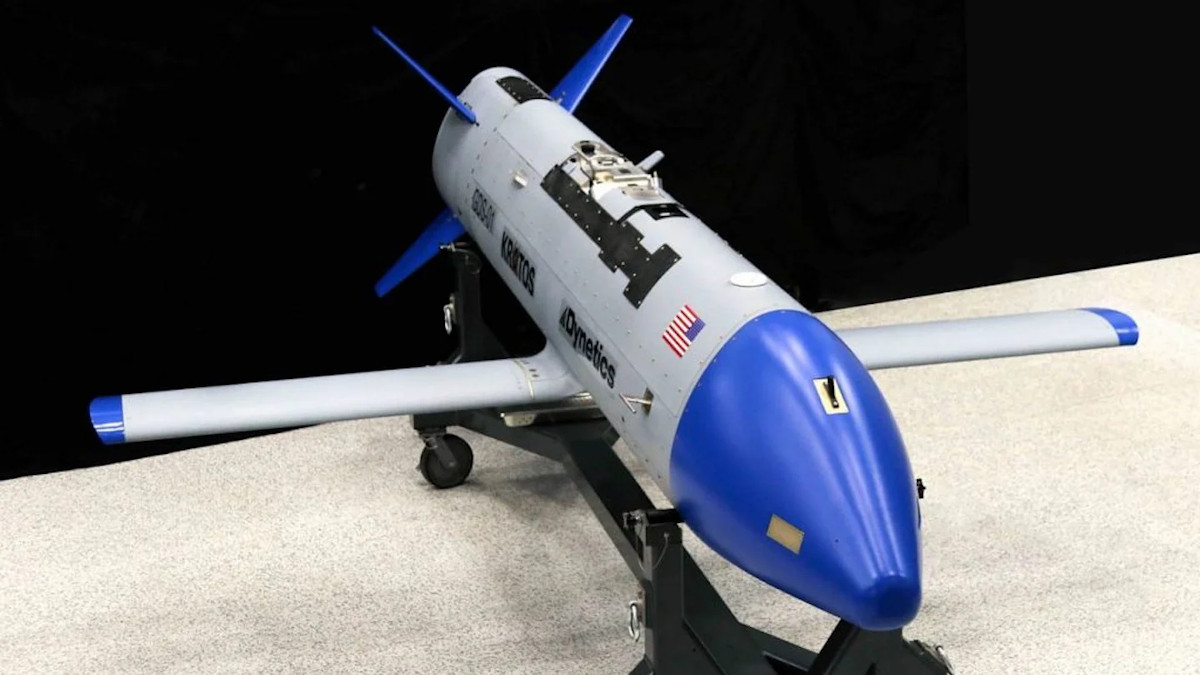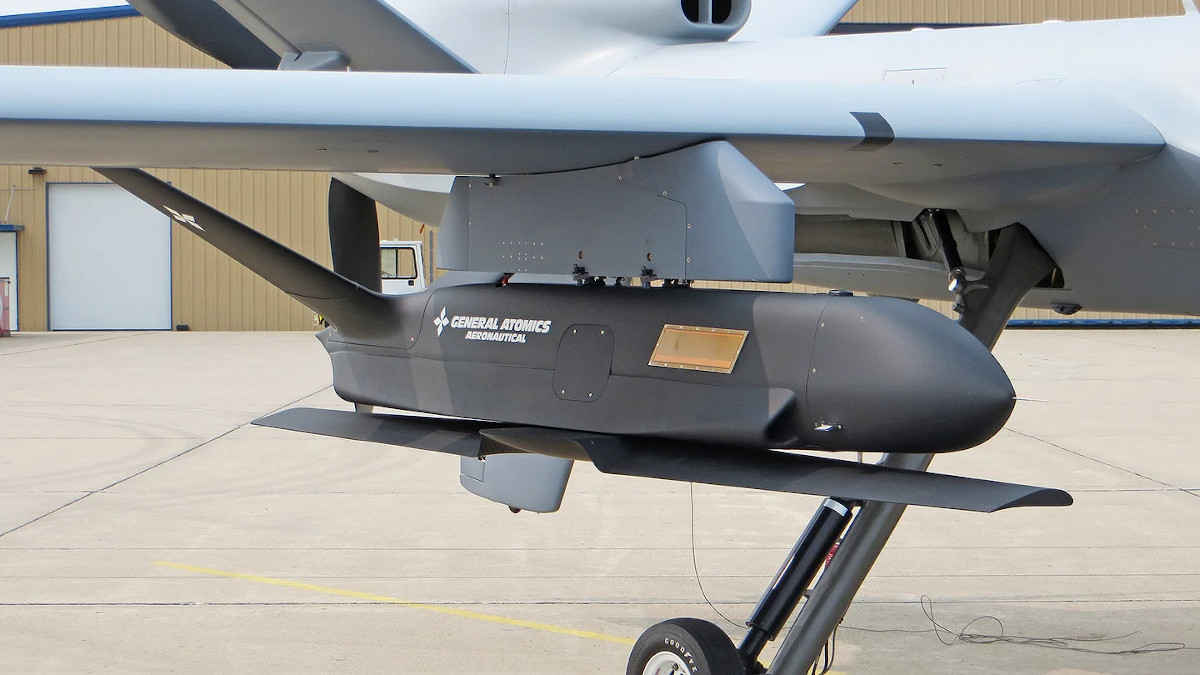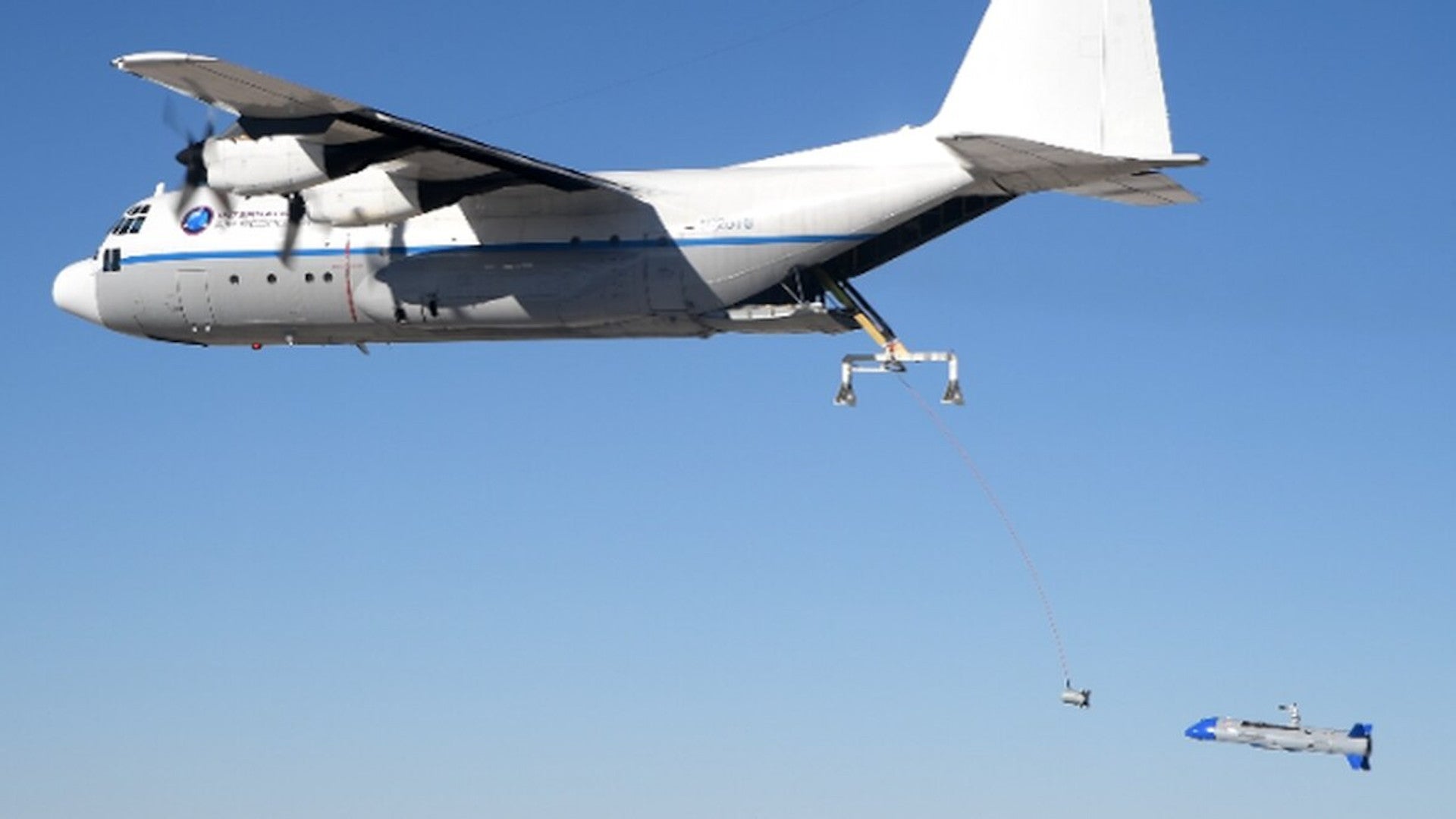The Defense Advanced Research Projects Agency has announced that a number of X-61A Gremlins drones failed to link up in flight with a recovery system installed on a C-130 Hercules cargo aircraft in recent tests, but that they were close to success on multiple occasions. The agency and its partners are already working toward another round of capture attempts scheduled to take place next year.
The aerial recovery tests, part of the third phase of the Gremlins program, had begun at the U.S. Army’s Dugway Proving Ground in Utah on Oct. 28, 2020, according to a press release from the Defense Advanced Research Projects Agency (DARPA). The broad objective of the Gremlins effort, which began in 2015, has been to demonstrate the ability to launch and recovery a low-cost swarm of cruise missile-like drones in mid-air.

A team led by defense contractor Dynetics, now a fully-owned subsidiary of Leidos, and that also includes drone-maker Kratos, developed the X-61A unmanned aircraft and the recovery system, which employs a concept similar in broad strokes to a probe-and-drogue aerial refueling system. You can see how the system is supposed to work in the video below, which includes a clip of an earlier flight test where the drone was connected to the recovery system the entire time.

DARPA says that three Gremlins drones made a total of nine attempts to link up with the recovery system during the recent flight tests. Since they are not designed to land on their own, after they ran out of fuel, each one of the unmanned aircraft deployed a parachute and safely descended to the ground, where personnel could retrieve them for refurbishment and reuse. A failure of that parachute recovery system led to the loss of a Gremlins drone during the type’s first flight last year.

“Each X-61A Gremlins Air Vehicle (GAV) flew for more than two hours, successfully validating all autonomous formation flying positions and safety features,” the DARPA press release said. “Hours of data were collected over three flights, including aerodynamic interactions between the docking bullet and GAV.”
“All of our systems looked good during the ground tests, but the flight test is where you truly find how things work,” Scott Wierzbanowski, the Gremlins Program Manager in DARPA’s Tactical Technology Office, said in a statement. “We came within inches of connection on each attempt but, ultimately, it just wasn’t close enough to engage the recovery system.”
DARPA’s press release said that “relative movement was more dynamic than expected” between the docking bullet and the drones and that this was at the core of the failed recovery attempts. This was something we at The War Zone highlighted as a potential area of difficulty for the Gremlins concept in the past, given what was already known about how difficult it can be for manned aircraft to use the probe-and-drogue refueling method. At the same time, even then, there had been significant work done on stabilizing refueling drogues trailing behind tankers. There had been multiple demonstrations of unmanned aircraft linking up with manned tankers and drone-to-drone refueling using this method.

“We made great strides in learning and responding to technological challenges between each of the three test flight deployments to date,” said Wierzbanowski, the Gremlins Program Manager, said. “We were so close this time that I am confident that multiple airborne recoveries will be made in the next deployment. However, as with all flight testing, there are always real world uncertainties and challenges that have to be overcome.”
Another round of flight tests is already scheduled to take place at Dugway in the Spring of 2021. DARPA’s standing goal is to be able to eventually demonstrate the ability to recover four X-61As in mid-air in the space of 30 minutes.
A successful demonstration of the Gremlins concept could pave the way for exciting new operational capabilities for the U.S. military. Swarms of low-cost drones operating autonomously, or semi-autonomously, networked together could perform a wide array of missions. Individual drones in the swarm could carry various payloads, including various kinds of sensor packages, electronic warfare systems, or even small warheads, giving the entire group added flexibility. Swarms, by their very nature, present significant challenges to defenders, who can easily find themselves overwhelmed and unable to prioritize their response when presented with a large number of threats approaching simultaneously from multiple vectors.

The ability for aircraft to launch and recover any drones that are not destroyed or otherwise expended in some way during the mission for reuse would help further keep the costs of deploying these swarms low. It could also shorten the time necessary to mount another swarming attack if the unmanned aircraft can be readily serviced and made ready to fly again in the field. You can read much more about the potential benefits of the Gremlins concept in these previous War Zone pieces.
DARPA and Dynetics are not the only ones exploring this general concept, either. In September, General Atomics unveiled its air-launched and air-recoverable Sparrowhawk drone, which it said it developed in part from a design it had submitted for the Gremlins program. It’s not clear yet exactly how these unmanned aircraft, which you can read about more in this past War Zone piece, will be recovered in flight.

All told, despite the failure of the Gremlins drones to link up with the recovery system in the recent flight tests, it remains a very exciting program. It will be very interesting to see how everything performs in the next round of testing based on the lessons learned so far.
Contact the author: joe@thedrive.com
